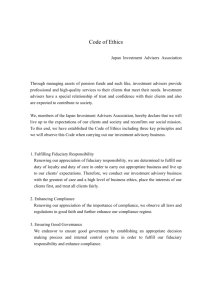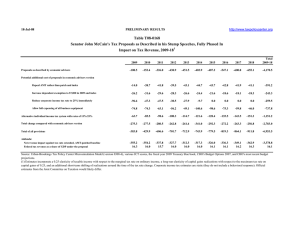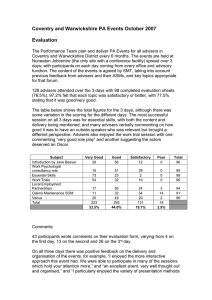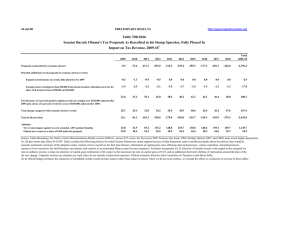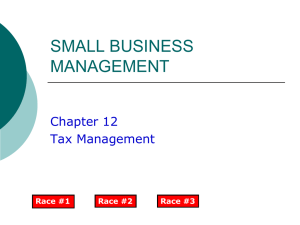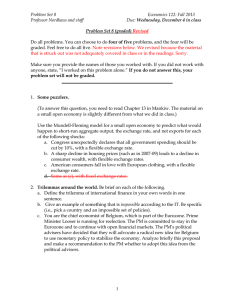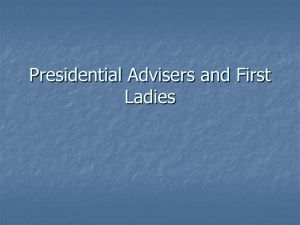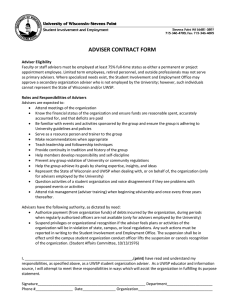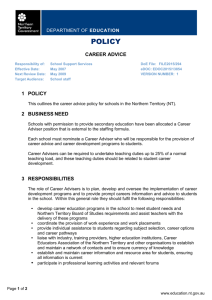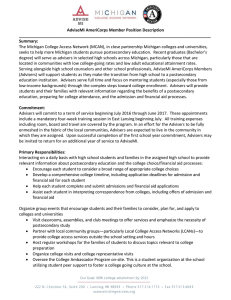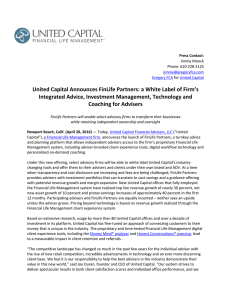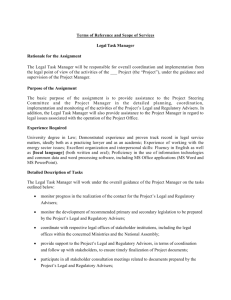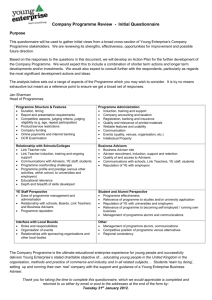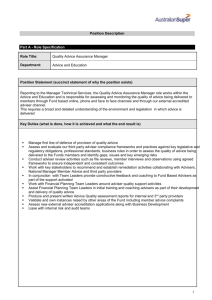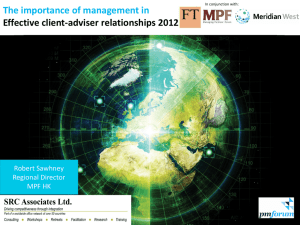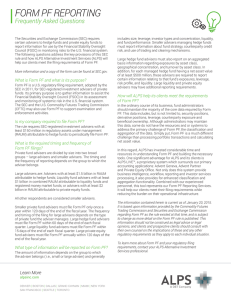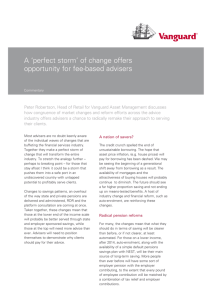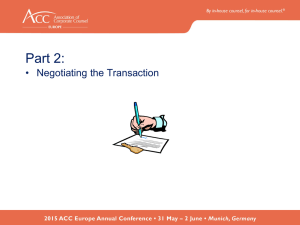Rise of art advisers hints at frothy market
advertisement
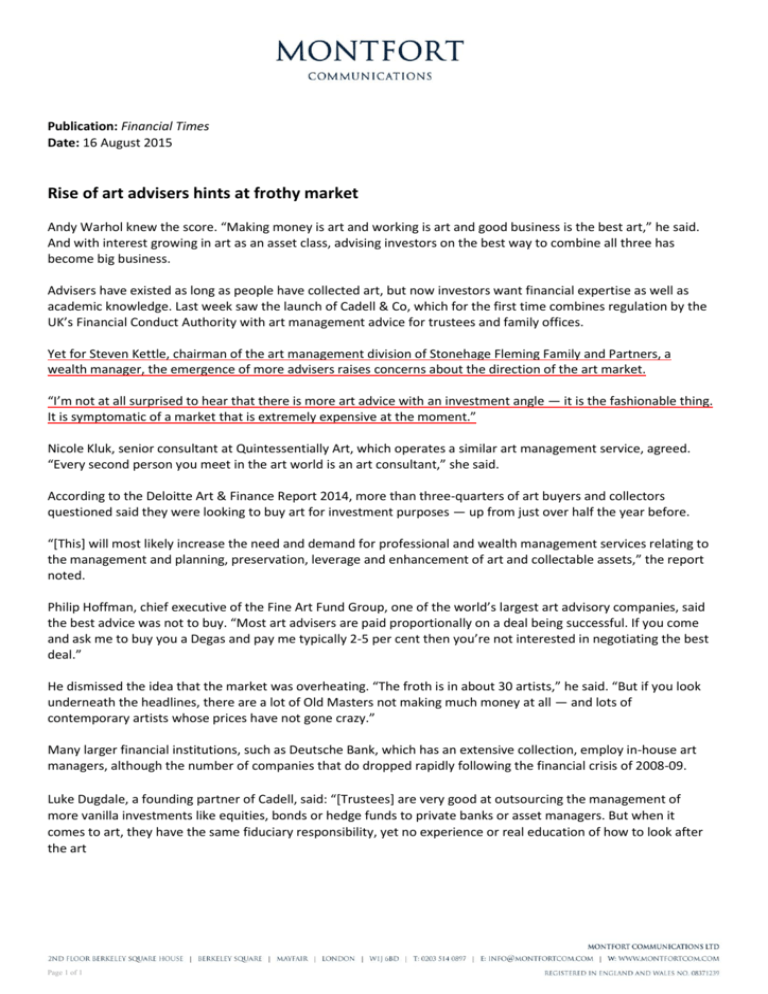
Publication: Financial Times Date: 16 August 2015 Rise of art advisers hints at frothy market Andy Warhol knew the score. “Making money is art and working is art and good business is the best art,” he said. And with interest growing in art as an asset class, advising investors on the best way to combine all three has become big business. Advisers have existed as long as people have collected art, but now investors want financial expertise as well as academic knowledge. Last week saw the launch of Cadell & Co, which for the first time combines regulation by the UK’s Financial Conduct Authority with art management advice for trustees and family offices. Yet for Steven Kettle, chairman of the art management division of Stonehage Fleming Family and Partners, a wealth manager, the emergence of more advisers raises concerns about the direction of the art market. “I’m not at all surprised to hear that there is more art advice with an investment angle — it is the fashionable thing. It is symptomatic of a market that is extremely expensive at the moment.” Nicole Kluk, senior consultant at Quintessentially Art, which operates a similar art management service, agreed. “Every second person you meet in the art world is an art consultant,” she said. According to the Deloitte Art & Finance Report 2014, more than three-quarters of art buyers and collectors questioned said they were looking to buy art for investment purposes — up from just over half the year before. “[This] will most likely increase the need and demand for professional and wealth management services relating to the management and planning, preservation, leverage and enhancement of art and collectable assets,” the report noted. Philip Hoffman, chief executive of the Fine Art Fund Group, one of the world’s largest art advisory companies, said the best advice was not to buy. “Most art advisers are paid proportionally on a deal being successful. If you come and ask me to buy you a Degas and pay me typically 2-5 per cent then you’re not interested in negotiating the best deal.” He dismissed the idea that the market was overheating. “The froth is in about 30 artists,” he said. “But if you look underneath the headlines, there are a lot of Old Masters not making much money at all — and lots of contemporary artists whose prices have not gone crazy.” Many larger financial institutions, such as Deutsche Bank, which has an extensive collection, employ in-house art managers, although the number of companies that do dropped rapidly following the financial crisis of 2008-09. Luke Dugdale, a founding partner of Cadell, said: “[Trustees] are very good at outsourcing the management of more vanilla investments like equities, bonds or hedge funds to private banks or asset managers. But when it comes to art, they have the same fiduciary responsibility, yet no experience or real education of how to look after the art Page 1 of 1

